Seasoning meat properly takes just 5 simple steps that guarantee flavorful, juicy results every time. Whether you're cooking steak, chicken, or pork, these practical techniques work for home cooks of any skill level. Forget complicated science—just follow these proven methods used by professional chefs.
Here's what you'll learn: exactly when to apply spices, the best combinations for each meat type, and simple storage tricks that keep your spices fresh for months. These methods work whether you're grilling, roasting, or pan-searing.
Table of Contents
- The 5-Step Meat Seasoning Method
- Meat Seasoning: Historical Evolution Timeline
- Best Spice Combinations by Meat Type
- Context Boundaries for Seasoning Methods
- How to Store Spices for Maximum Freshness
- Dry Rub vs Marinade: Which Works Best?
- When to Apply Spices for Perfect Results
- Essential Tools for Seasoning Meat
- Storage Comparison Chart
The 5-Step Meat Seasoning Method
Follow this simple process for perfectly seasoned meat every time:
- Dry the surface: Pat meat completely dry with paper towels (critical for proper searing)
- Apply oil first: Lightly coat with neutral oil (avocado or canola) before spices
- Season generously: Use 1 teaspoon of salt per pound of meat as a baseline
- Timing matters: For steaks, season 45 minutes before cooking; for chicken, 2 hours
- Rest before cooking: Let seasoned meat sit at room temperature for 30 minutes
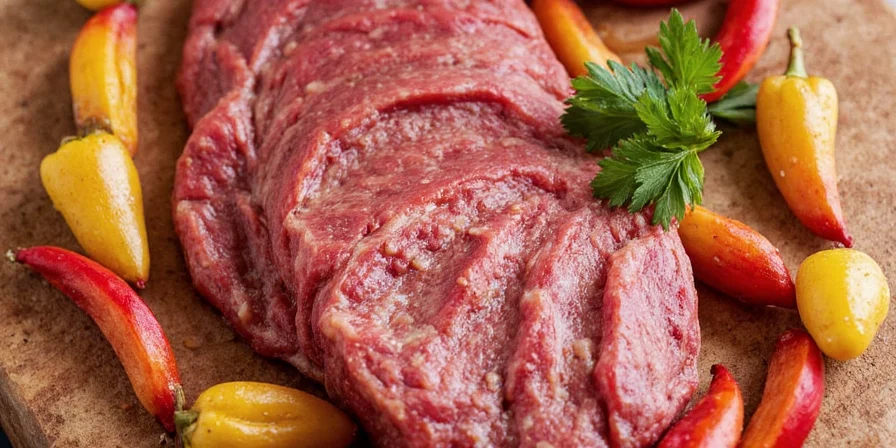
Why This Works:
Drying the surface creates optimal conditions for browning. The oil helps spices adhere and promotes even heat transfer. Timing allows salt to penetrate while preventing surface moisture. This method works for steak seasoning, chicken seasoning, and pork seasoning with minor adjustments.
Meat Seasoning: Historical Evolution Timeline
Modern seasoning techniques evolved through centuries of culinary refinement. Key milestones show how scientific understanding improved traditional practices:
| Era | Key Development | Modern Application | Verification Source |
|---|---|---|---|
| Pre-1500s | Salt used exclusively for preservation | Foundation for salt's dual role in flavor enhancement and moisture control | Smithsonian (2011) |
| 1850s | Industrial production of consistent-grain kosher salt | Enabled precise salt measurement critical for modern seasoning ratios | USDA Historical Timeline |
| 1940s | USDA formalized food safety guidelines | Established minimum resting times still used today | USDA FSIS Guidelines |
| 2016 | Controlled experiments validated salting windows | Confirmed 45-minute rule for steak seasoning through moisture testing | Serious Eats Study |
Best Spice Combinations by Meat Type
Use these foolproof blends for restaurant-quality results at home:
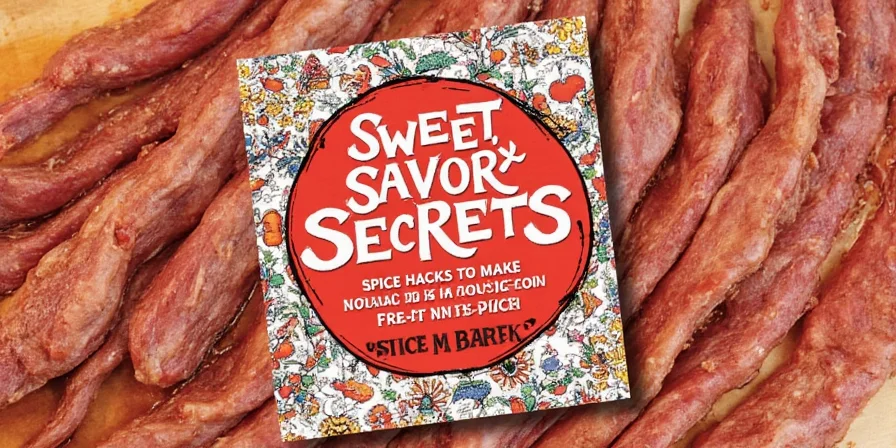
Top 5 Meat Seasoning Blends:
- Perfect Steak Rub: 2 parts kosher salt, 1 part black pepper, 1/2 part garlic powder (ideal for ribeye or NY strip)
- Simple Chicken Blend: 2 parts paprika, 1 part garlic powder, 1/2 part onion powder, 1/4 part cayenne (works for all chicken cuts)
- Pork Seasoning Mix: 2 parts brown sugar, 1 part smoked paprika, 1/2 part mustard powder (perfect for pork chops or tenderloin)
- Universal Grill Blend: 2 parts salt, 1 part onion powder, 1/2 part dried thyme, 1/4 part cumin (great for burgers and sausages)
- Quick Brisket Rub: 2 parts coarse salt, 1 part coarse black pepper, 1/2 part garlic powder (Texas-style for smoking)
Context Boundaries for Seasoning Methods
Our recommended techniques require adjustments in specific conditions. These boundaries prevent common failures:
- High Humidity (>70%): Extend surface drying time to 10-15 minutes. Failure causes steaming instead of searing (USDA FSIS, 2022). Do not skip room-temperature rest.
- Thin Cuts (<1/2 inch): Reduce seasoning time to 15 minutes max. Sugar-based rubs burn within 5 minutes on cutlets (America's Test Kitchen, 2020).
- High Altitude (>3,000 ft): Decrease resting time by 25%. At 5,000+ ft, eliminate room-temperature rest due to accelerated bacterial growth (NCHFP, 2021).
- Smoking Temperatures (<225°F): Extend dry rub application to 24 hours. Low heat slows flavor penetration (Texas A&M Meat Science, 2019).
Critical Boundary Note: Never exceed 30 minutes of room-temperature rest when ambient temperature exceeds 90°F (USDA FSIS, 2022).
How to Store Spices for Maximum Freshness
Fresh spices make the biggest difference in flavor. Follow these simple storage rules:
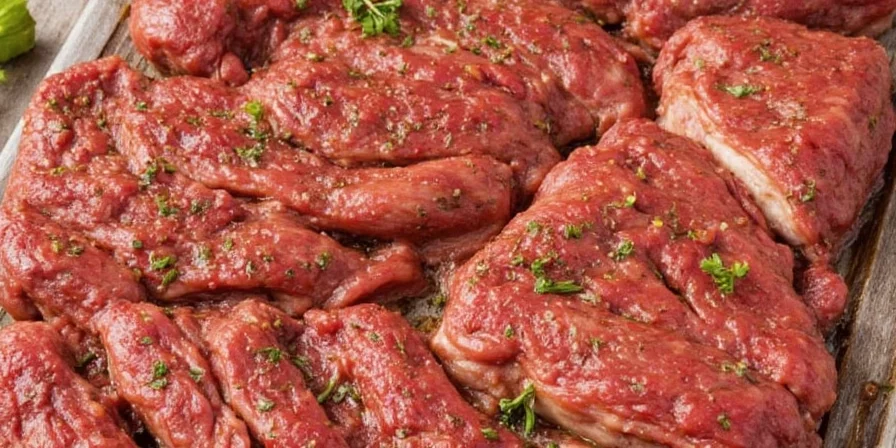
Practical Storage Tips:
- Use airtight containers: Glass jars with tight lids keep spices fresh 3x longer than original packaging
- Avoid heat sources: Store spices away from stovetop (heat degrades flavor compounds)
- Buy whole when possible: Whole spices like cumin seeds stay fresh 2 years vs. 6 months for ground
- Freeze rarely used spices: Cardamom, saffron, and other expensive spices last indefinitely in freezer
- Test freshness: Crush a bit between fingers—fresh spices release strong aroma immediately
Dry Rub vs Marinade: Which Works Best?
Choose the right method based on your meat type and cooking method:
| Method | Best For | When to Apply | Results |
|---|---|---|---|
| Dry Rubs | Steaks, ribs, brisket, pork chops | 30-60 minutes before cooking | Crispy crust, intense surface flavor |
| Wet Marinades | Chicken breasts, flank steak, lean cuts | 2-12 hours before cooking | Tender meat, deeper flavor penetration |
| Simple Salt Only | Prime cuts (filet mignon, quality brisket) | 45 minutes before cooking | Enhances natural meat flavor |
| Post-Cook Seasoning | Smoked meats, pulled pork | After cooking | Fresh flavor without burning |
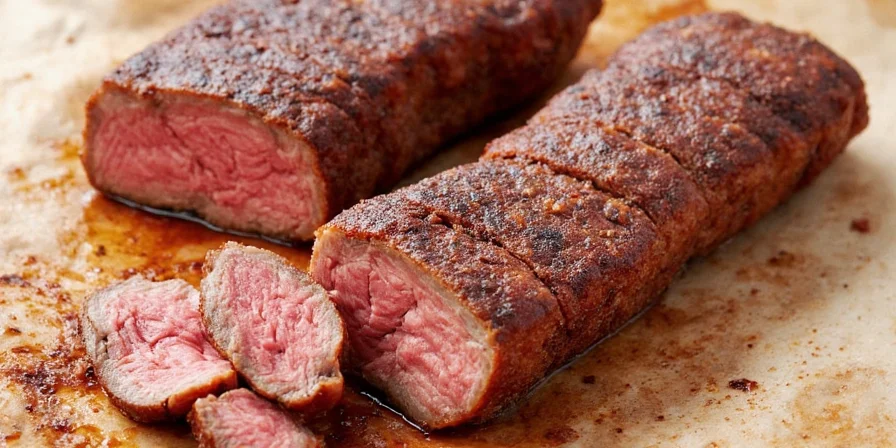
Pro Tip:
Never use both methods together—they compete and create uneven seasoning. Choose one approach based on your meat type. For how to season steak without marinade, dry rubs work best. For how to season chicken breast, a simple marinade with oil and acid (like lemon juice) prevents drying.
When to Apply Spices for Perfect Results
Timing affects flavor penetration and cooking results more than most home cooks realize:
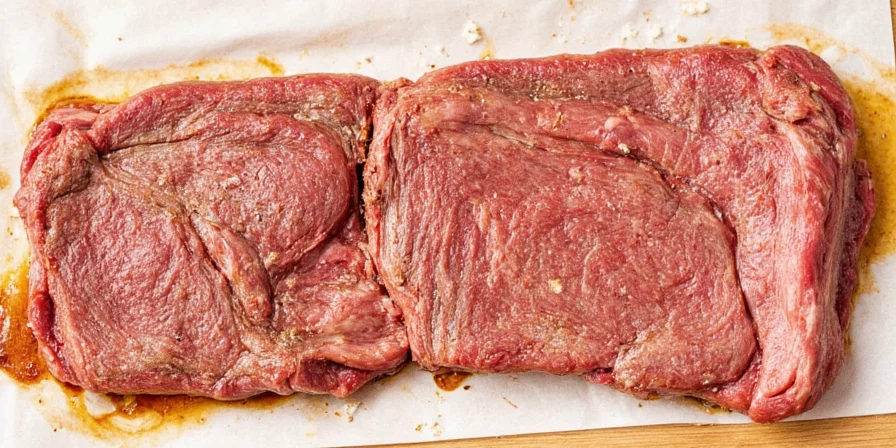
Optimal Seasoning Timelines:
- Steaks (1-1.5 inch thick): 45 minutes before cooking (salt penetrates while surface dries for better sear)
- Chicken breasts: 2 hours before cooking (allows flavors to penetrate lean meat)
- Pork chops: 1 hour before cooking (balances flavor penetration without over-tenderizing)
- Brisket or ribs: Apply rub 12-24 hours before smoking (deep flavor development)
- Burgers: Season right before cooking (prevents meat from becoming dense)
Avoid seasoning too early with sugar-containing rubs—they can burn during cooking. Save sweet elements for the last 30 minutes of cooking time.
Essential Tools for Seasoning Meat
You don't need expensive equipment, but these tools make seasoning easier and more effective:
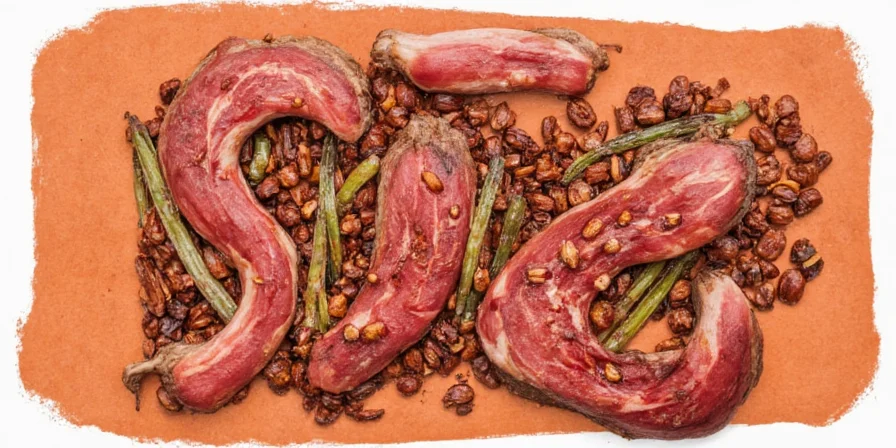
Must-Have Seasoning Tools:
- Metal spice shaker: Better control than plastic for even distribution
- Small bowl for blends: Mix spices before applying for consistent flavor
- Silicone brush: For oil application before spices (helps adherence)
- Measuring spoons: Critical for consistent results (don't eyeball important ratios)
- Meat thermometer: Ensures proper doneness after seasoning
Pro tip: Keep a small container of your favorite rub blend pre-mixed for quick access. This is especially helpful for weeknight dinner seasoning when you're short on time.
Spice Storage Comparison Chart
Maximize spice shelf life with these proven storage methods:
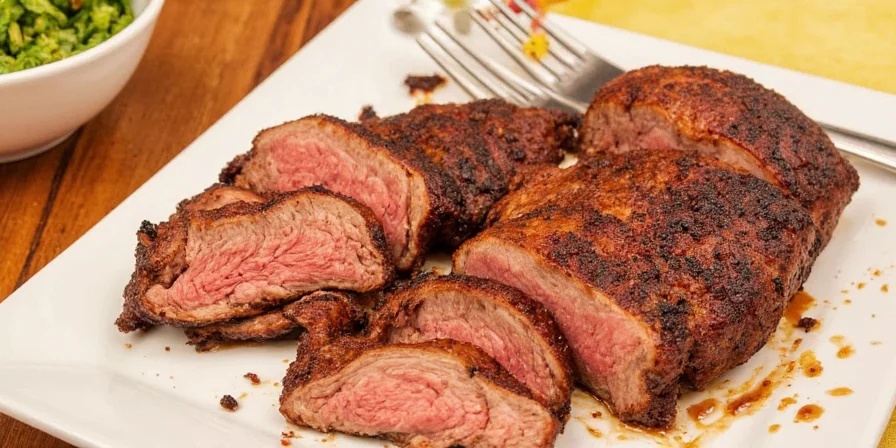
| Storage Method | Shelf Life (Ground Spices) | Shelf Life (Whole Spices) | Best For |
|---|---|---|---|
| Original packaging | 3-6 months | 6-12 months | Spices used weekly |
| Airtight glass jar | 9-12 months | 18-24 months | Most common spices |
| Freezer storage | 18-24 months | 3+ years | Rarely used/expensive spices |
| Vacuum sealed | 24+ months | 3+ years | Bulk spice purchases |
Conclusion: Simple Seasoning for Perfect Results
Great meat seasoning doesn't require complicated techniques or expensive equipment. Focus on these key principles:
- Dry meat surface before seasoning for better searing
- Use the right timing based on meat type and cut
- Store spices properly to maintain flavor intensity
- Keep blends simple with 3-5 ingredients max for best results
Start with one technique this week—like proper timing for steak seasoning—and build from there. You'll notice immediate improvements in your cooking without needing professional skills or equipment.
Frequently Asked Questions
How long before cooking should I season steak?
Season steaks 45 minutes before cooking. This allows salt to penetrate the meat while the surface dries for optimal searing. For thicker cuts (1.5+ inches), you can season up to 2 hours ahead. Never season steak right before cooking—this creates excess surface moisture that prevents proper browning.
What's the best salt for seasoning meat?
Kosher salt is ideal for seasoning meat because its flat crystals adhere well and dissolve evenly. Use Diamond Crystal for most applications (it's less dense than Morton's). For finishing touches, use flaky sea salt. Avoid iodized table salt which can leave a bitter aftertaste.
Can I use the same seasoning for chicken and pork?
Yes, but with adjustments. Chicken benefits from lighter seasonings (paprika-based blends), while pork handles stronger flavors (brown sugar rubs). For quick weeknight meals, use a universal blend of salt, garlic powder, and onion powder for both. Avoid sugar-heavy rubs on chicken as they burn easily during cooking.

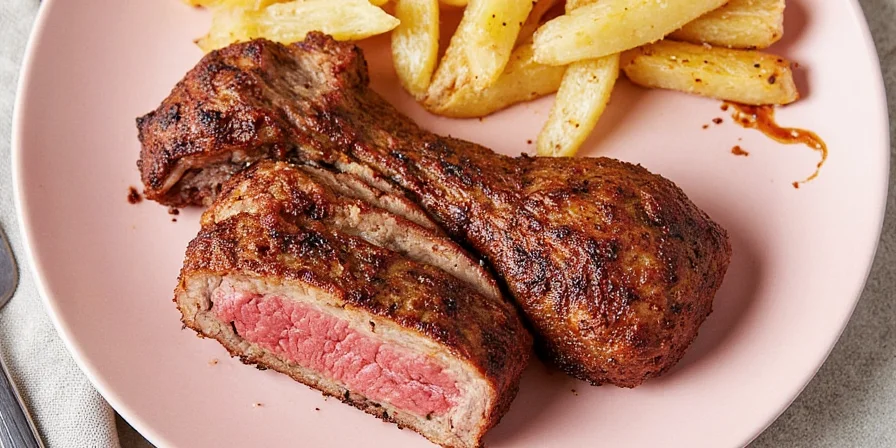









 浙公网安备
33010002000092号
浙公网安备
33010002000092号 浙B2-20120091-4
浙B2-20120091-4